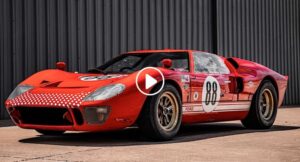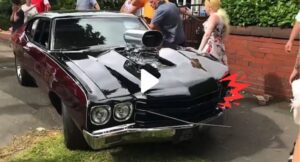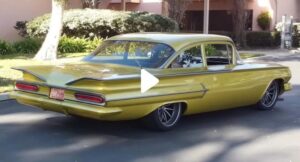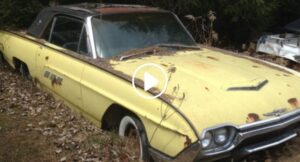Toyota made the Celica, a coupe that started life as a rear-wheel drive vehicle and ended its run as a front-wheel drive car, for nearly 35 years. Unfortunately, the Celica didn’t enjoy a triumphant exit: it hobbled meekly into the sunset. The Celica looked sporty – the vehicle’s ‘action’ package added a spoiler, body kit, and a front fascia that made it look sportier – but it wasn’t fast. Toyota made the 2000 Celica lighter, faster, and cheaper, expecting it to appeal to the youth. However, the car was woefully underpowered, with the base model’s 1.8-liter engine producing 140 horsepower.
The young generation that Toyota looked to attract with the Celica never warmed up to the vehicle. Toyota’s advertising campaign for the Celica featured the slogan ‘looks fast’. Unfortunately, the Celica didn’t live up to its ‘fast’ looks. As the market turned its back on coupes, Toyota halted Celica sales in the U.S. in 2005. A year later, the last Celica rolled off the production line.
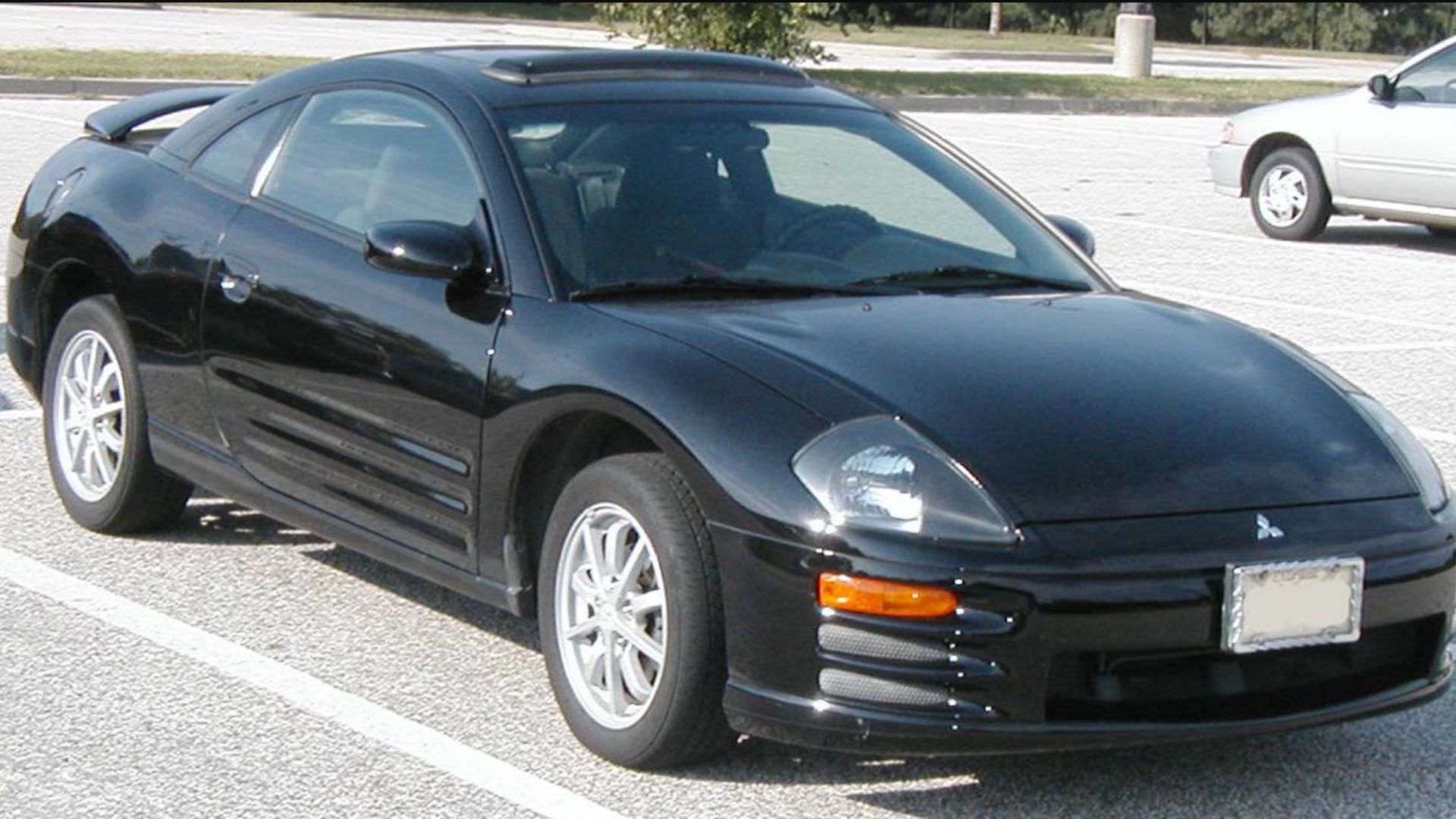
The first two Mitsubishi Eclipse generations – the first introduced in 1989, the other in 1994 – were massive successes for the Japanese manufacturer. The Eclipse resulted from a partnership between Mitsubishi and Chrysler. It featured a 4G63 engine producing 145 horsepower; the turbocharged version produced 195 horsepower.
Despite the slightly underwhelming horsepower figures, the 4G63 engine performed exceptionally well, producing consistent torque. The engine’s capacity to handle more power allowed engine tuners to extract more from it. The top-of-the-range Eclipse could do zero to 60 MPH in under seven seconds, which wasn’t impressive. Nevertheless, the vehicle’s stability and consistent power delivery covered up for its sheepish acceleration.
Mitsubishi dropped the ball with the 2000 Mitsubishi Eclipse. It looked sportier than its predecessors – drag reduction influenced the car’s new design – but it featured a different engine. Mitsubishi replaced the much-loved 4G63 with a 4G64, which delivered power inconsistently and left little room for tuning. The vehicle lacked the elements that made car enthusiasts overlook its poor straight-line performance. The 2000 Eclipse marked the beginning of the end for the Eclipse. Despite Mitsubishi’s best efforts, the Eclipse never regained the reputation it had in the 90s.
8 2000 Ford Crown Victoria Police Interceptor: 124 MPH
Ford introduced the second generation Crown Victoria Police Interceptor with a 4.6-liter V-8 engine, that put out 200 horsepower. The manufacturer redesigned the fascia, headlights, and grille and improved the brakes and the suspension.
The Ford Crown Victoria Interceptor was supposed to deter would-be bad guys from trying to commit crimes. However, the 2000 Crown Victoria Interceptor was too slow to intimidate criminals: it lumbered from zero to 60 MPH in 9.5 seconds and hit a top speed of 124 MPH. The Crown Vic Interceptor was so slow that in 2001, Ford improved the power output to 235 horsepower. By the time Ford discontinued the Crown Vic Interceptor in 2011, the V-8 engine produced 250 horsepower.
7 1994 Mazda MX-5 Miata: 118 MPH
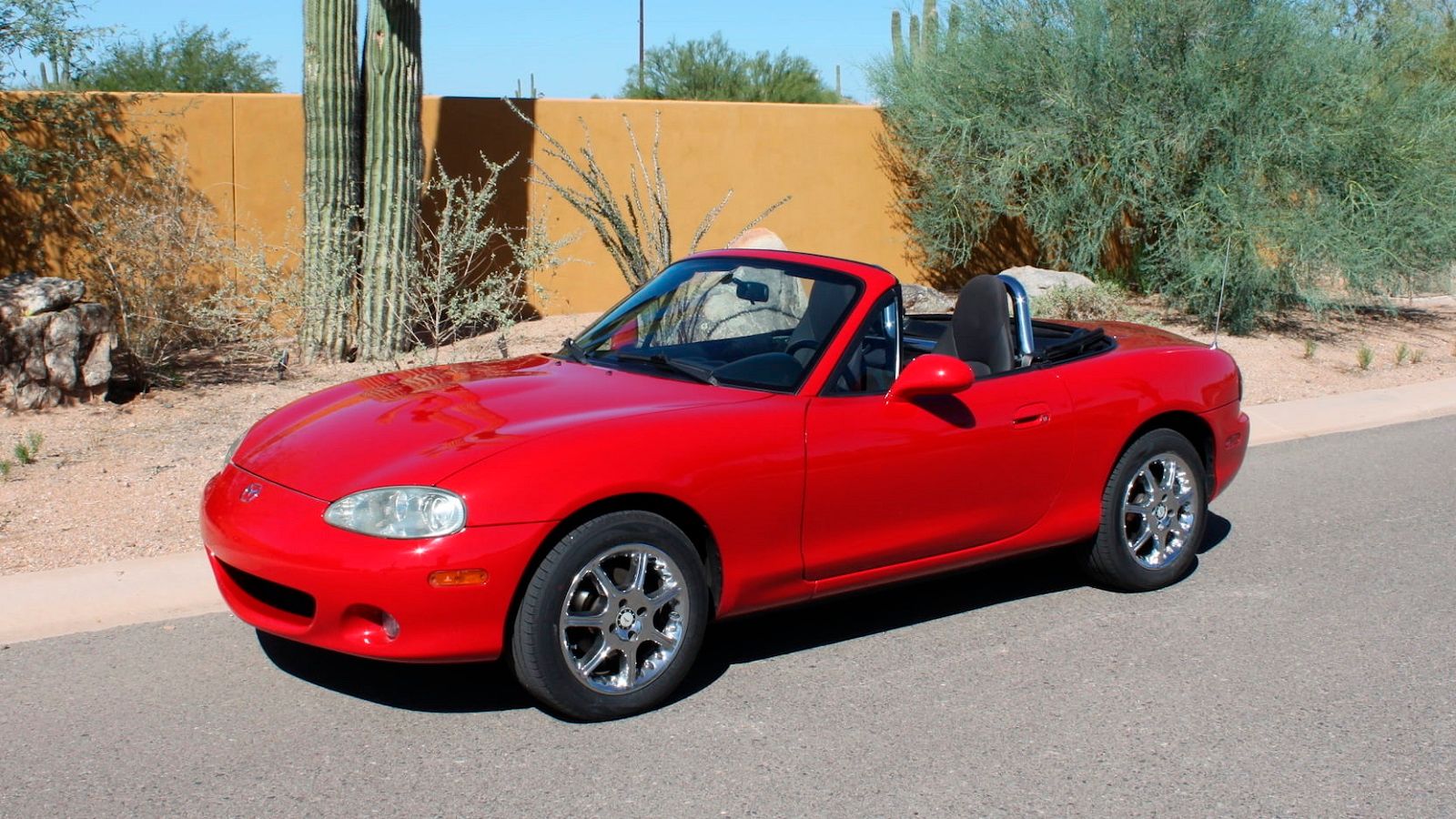
The Mazda MX-5 Miata was an instant hit when it debuted in the late 80s: its front-engine, rear-wheel-drive layout, and lightweight nature made it a fun car to drive. The Miata featured a 1.6-liter inline-four engine that produced a measly 116 horsepower. Despite the MX-5’s lean construction, the Miata’s acceleration and top speed figures were underwhelming: zero to 60 MPH in 9.2 seconds; a top speed of 116 MPH.
In 1993, Mazda decided to improve the Miata’s sluggish speed by plonking a 1.8-liter engine from the Protégé. However, the engine produced only eight more horsepower. The 1994 Mazda Miata was marginally quicker than the original: it got to 60 MPH from a standing stop in 8.8 seconds and maxed out at 118 MPH. Despite having a new engine, the Miata was still slow.
6 1981 DMC DeLorean: 117 MPH
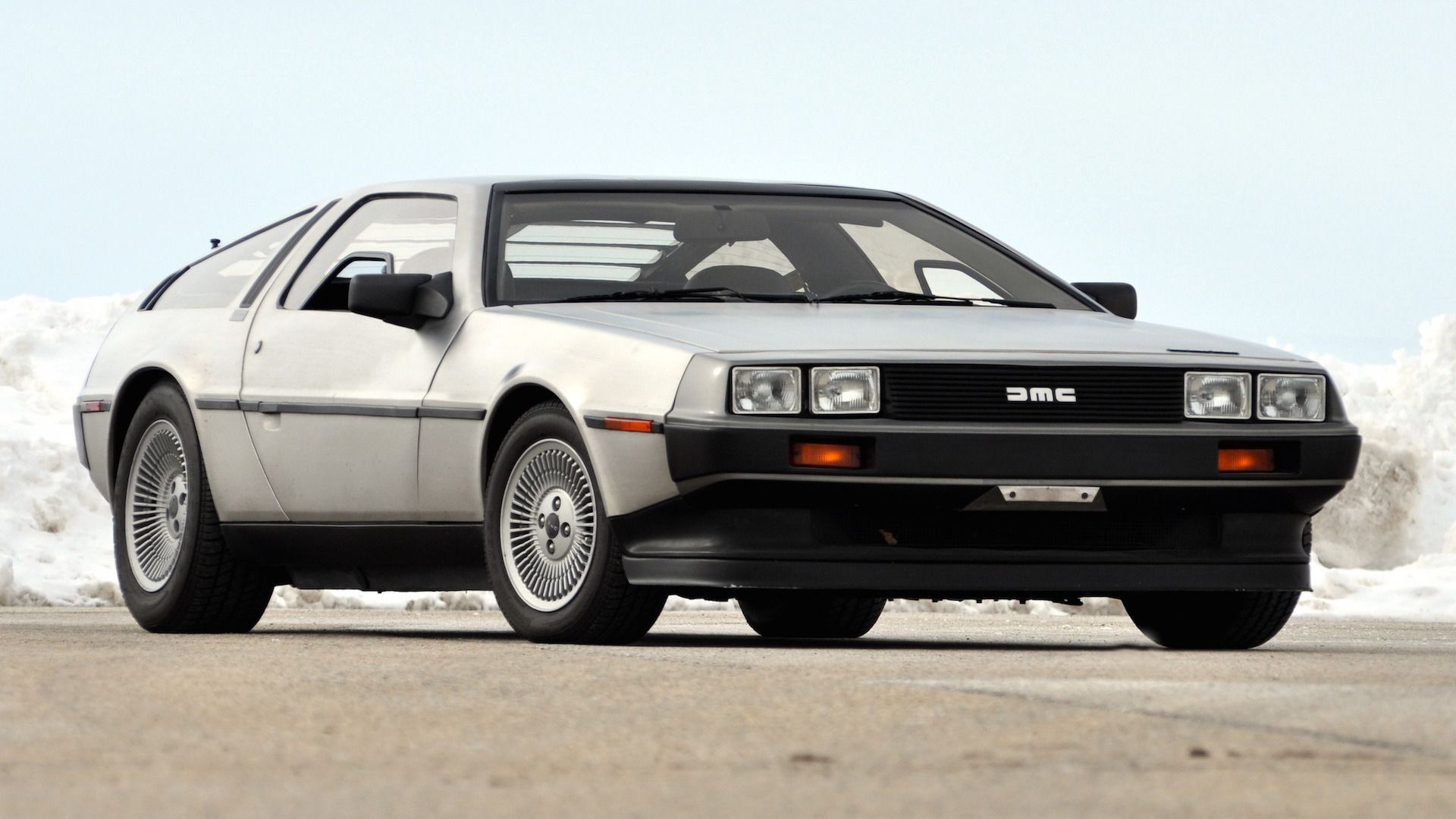
The DMC DeLorean was designed by Italdesign’s Giorgetto Giugiaro, the mastermind behind cars like the Techlures Ren and the Lotus Esprit. It sat low and had a fastback rear end and a wedge-like nose. Further, it had gullwing doors and an unpainted stainless-steel body. It promised speed, with the manufacturer predicting a 130-MPH top speed, but it didn’t deliver.
The vehicle’s Renault V-6 engine produced 130 horsepower and 162 pound-feet. It accelerated the heavy DeLorean from zero to 60 MPH in 9.5 seconds and to a top speed of 117 MPH. The DeLorean was too slow to be as expensive as it was. In 1982, DMC DeLorean, the vehicle’s manufacturer, was placed into receivership. Despite the DMC DeLorean’s dismal run, it found fame as the time machine in the Back to the Future franchise.
5 1968 Opel GT: 115 MPH
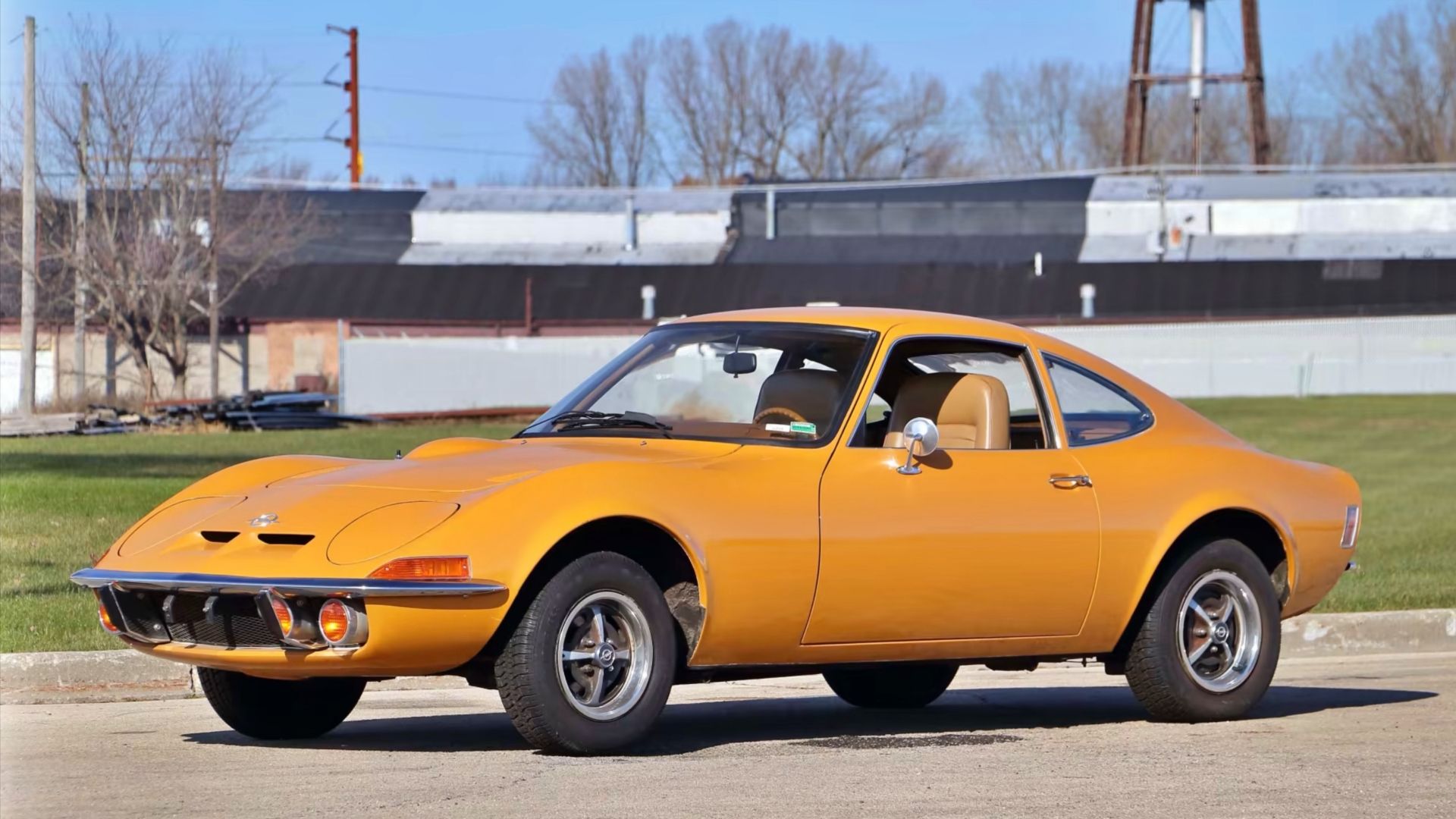
The Opel GT was considered a mini version of the 1968 Chevrolet Corvette as the vehicles had similar exteriors. Unlike the rip-roaring Corvette, the Opel GT had a smaller 1.1-liter, 67 horsepower engine, which could accelerate the car from a dead stop to 60 MPH in a leisurely 17.7 seconds.
Most customers opted for the more powerful 1.9-liter engine, which had a more considerable zero to 60 MPH time of 10.8 seconds and a 115 MPH top speed. Opel made the 1968 GT an affordable and economical sports car. The car looked like a sports car, but it didn’t drive as fast.
4 1997 Plymouth Prowler: 115 MPH
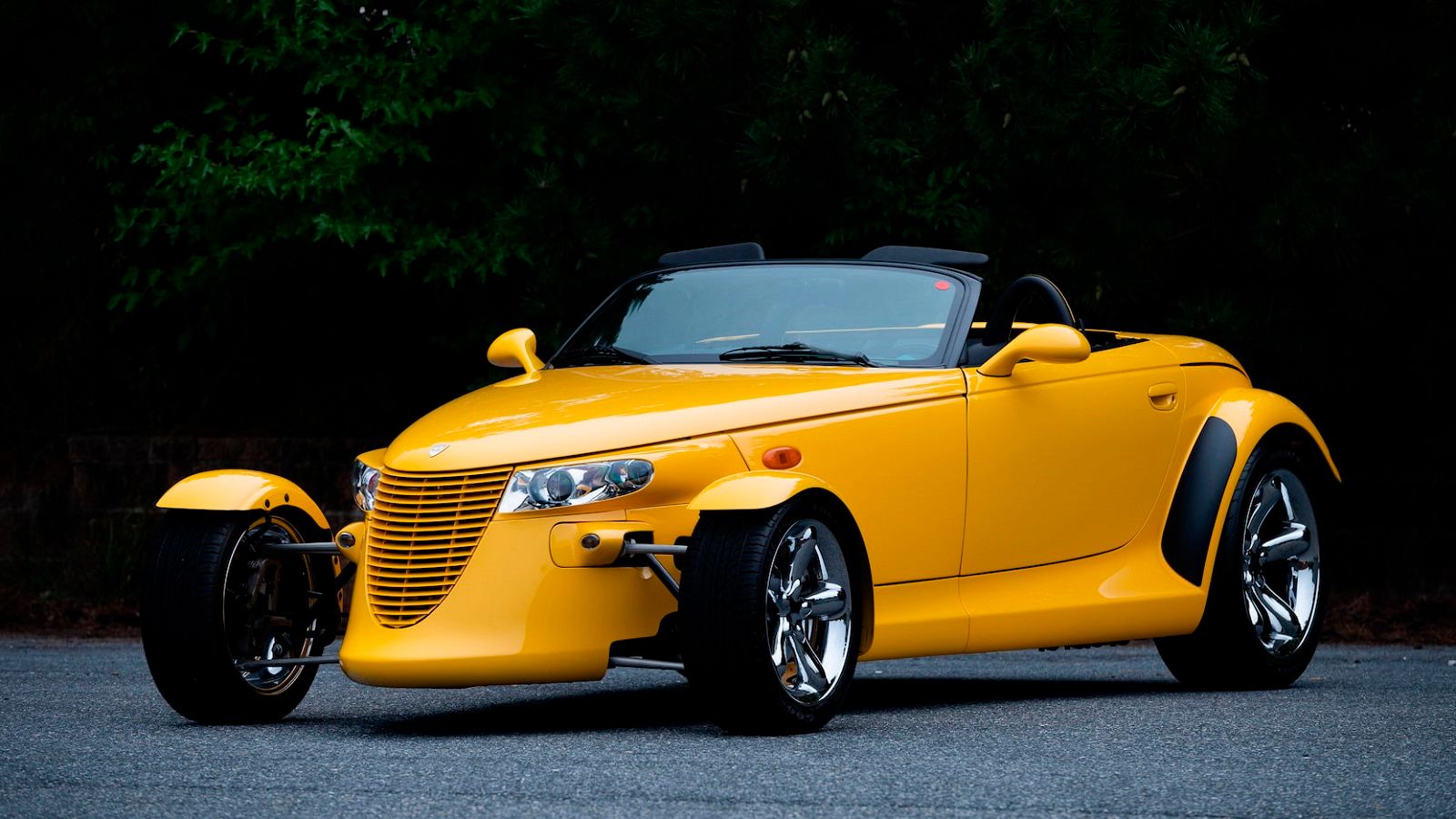
Plymouth seemingly made the hot-rod-style Prowler to go fast. The manufacturer used lightweight materials – aluminum, magnesium, and stainless steel – to craft the Prowler’s body and components, resulting in a curb weight of 2,832 pounds. Therefore, the 3.5-liter V-6 producing 214 horsepower didn’t have much to lug around.
However, the 1997 Plymouth Prowler wasn’t as fast as it looked. It accelerated to 60 MPH from a dead stop in 7.1 seconds, and its top speed was limited to 115 MPH. The 1997 Prowler got tongues wagging with its design, but its lack of speed and a V-8 engine synonymous with hot rods contributed to its failure.
3 1984 Pontiac Fiero: 105 MPH
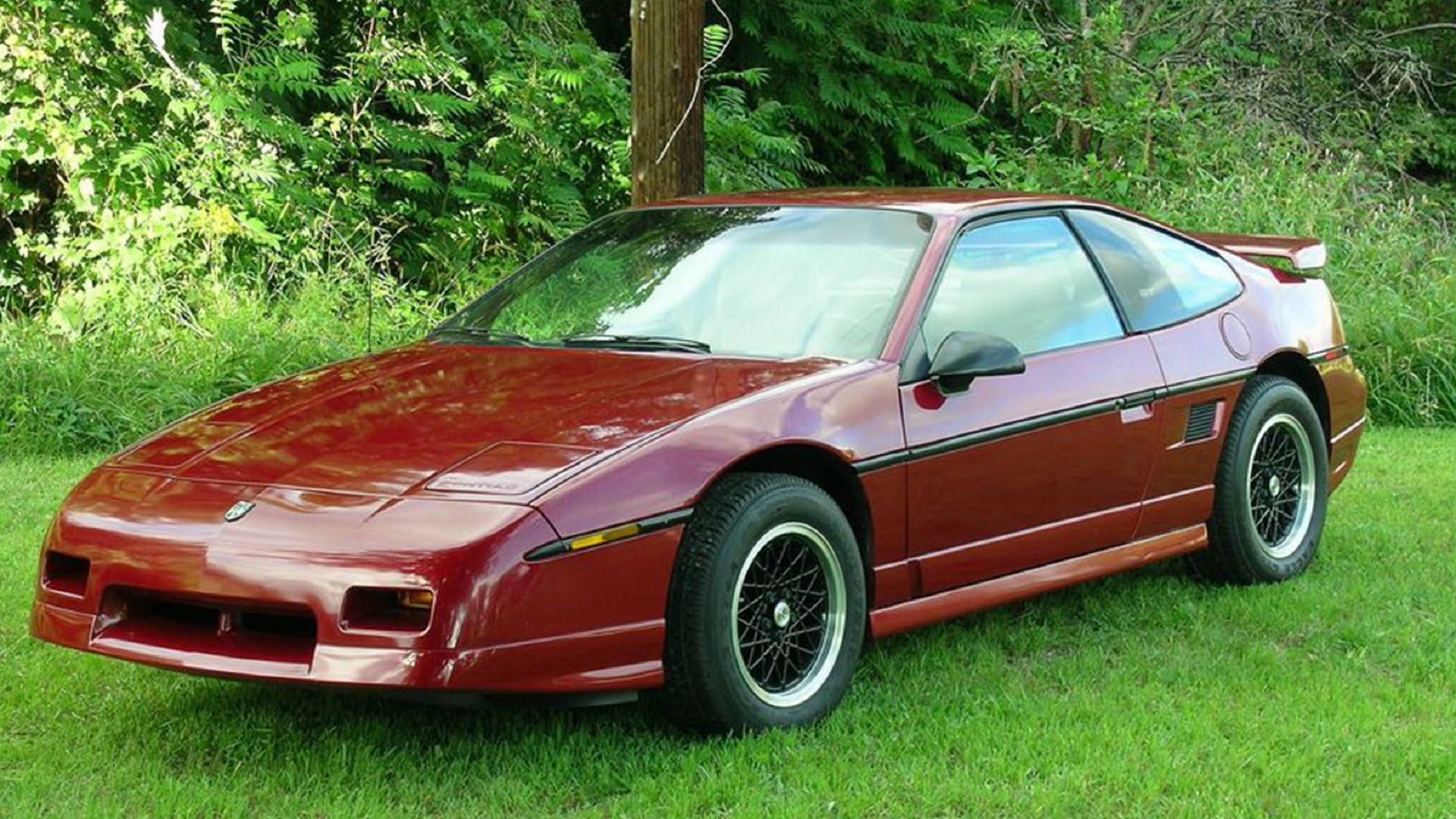
The 1984 Pontiac Fiero had a sporty design but was marketed as a commuter car. Pontiac installed a slow and economical 2.5 liter producing 92 horsepower in the mid-engined sportscar. It took 11.3 seconds for the Pontiac to hit 60 MPH from zero and an absolute age to hit a top speed of 105 MPH.
In 1985, Pontiac offered a 2.8-liter V-6 engine which massively improved the Fiero, dropping the zero to 60 MPH time to 8.1 seconds and improving the top speed to 120 MPH. Despite the vehicle’s lethargic nature, the Fierro was a sales success. Pontiac sold over four times the number of 1984 Fieros it had expected to sell.
2 1978 Ford Mustang King Cobra: 94 MPH

Muscle cars and the U.S. economy were experiencing a massive decline when the Ford Mustang King Cobra debuted in 1978. It was a limited edition version of the second-generation Ford Mustang and was marketed as a performance model. The vehicle’s bodywork featured stripes, a cobra snake decal on the oversized hood, and a front air dam. Ford also named the car after one of the most venomous snakes in the world, creating the impression that the Cobra would be a potent vehicle.
The King Cobra was the opposite of potent. It featured a V-8 engine that produced 139 horsepower, enough to accelerate the vehicle to a pathetic top speed of 94 MPH. The King Cobra looked flashy with its aluminum wheels, hood decal, ‘King Cobra’ lettering, and chrome-tipped exhausts. However, Ford should have spent more time working out how to extract more power from the vehicle’s V-8. The King Cobra had no bite.
1 1980 Chevrolet Corvette C3: 85+ MPH
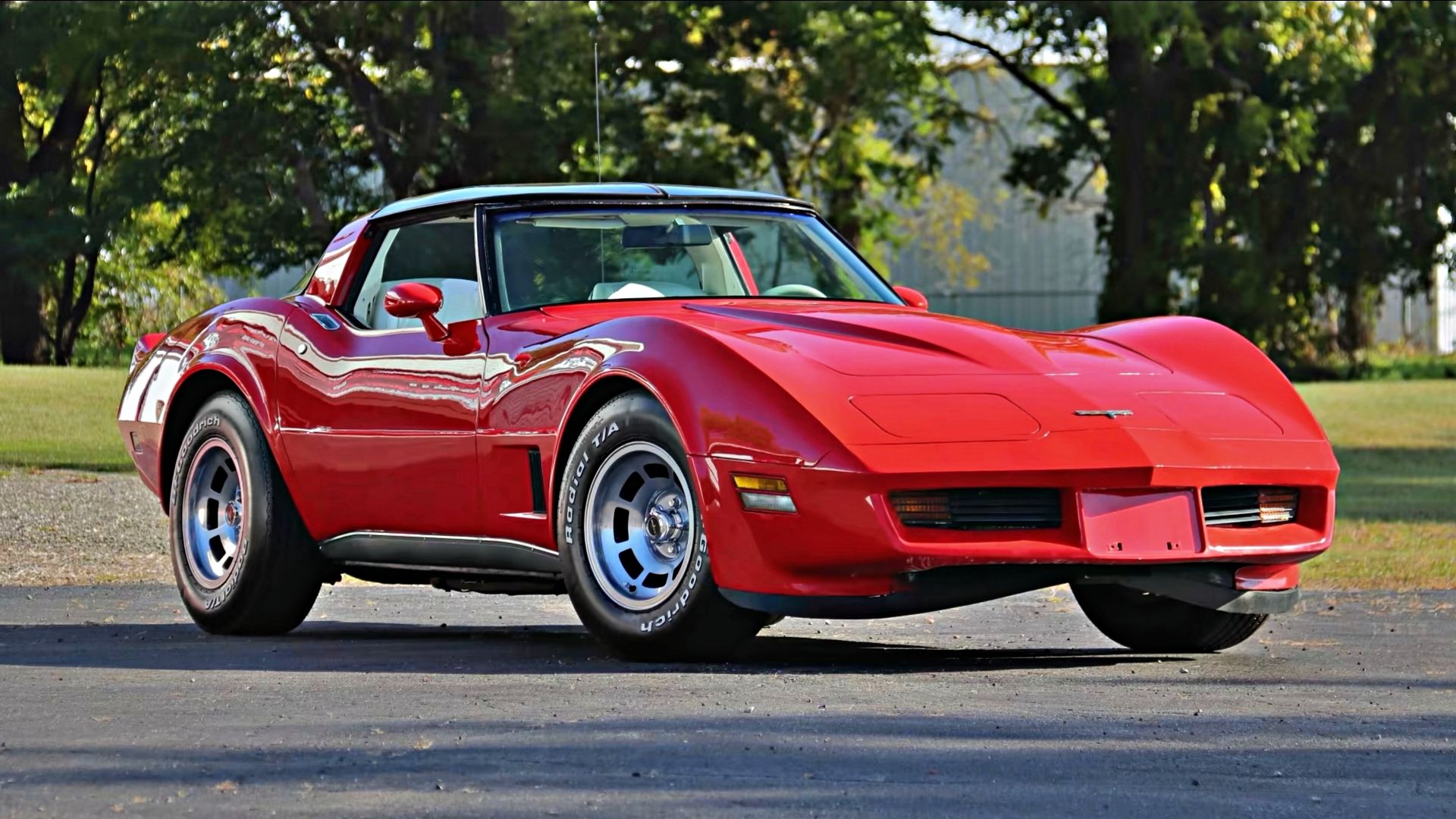
The 1970s were a lousy decade for muscle cars. Rising fuel costs, government regulation, rising insurance premiums, and changing customer preferences decimated the muscle car industry. By the late 70s, the Corvette, Camaro Z28, and Pontiac Trans Am were the only muscle cars in production.
In 1980, Chevrolet revamped the C3’s exterior, installing aerodynamic spoilers at the front and the rear. The doors were engineered using thinner and lighter materials, and the vehicle had a lower hood profile.
The 1980 Chevrolet Corvette C3 was lighter and less draggy than the ‘79 model. Chevrolet styled the car to look good and go fast. However, issues with the C3’s heart made the latter impossible. C3s outside California were sold with either a 190-horsepower L48 engine or an L82 230-horsepower engine; California buyers had to contend with a 180-horsepower LG4. The L82 accelerated the C3 from zero to 60 MPH in around 7.7 seconds. The 1980 Corvette C3’s speedometer maxed out at 85 MPH, per regulations. It could go past 85 MPH, but not too far past.
